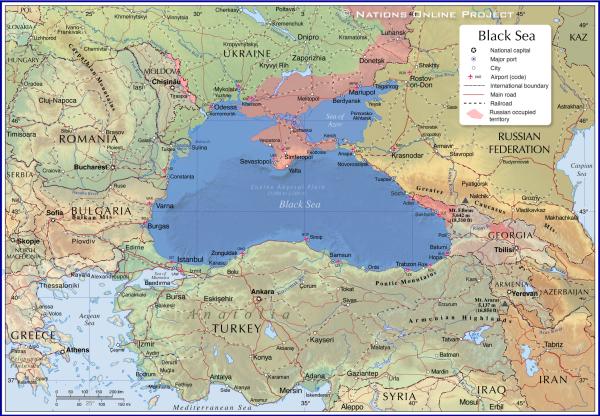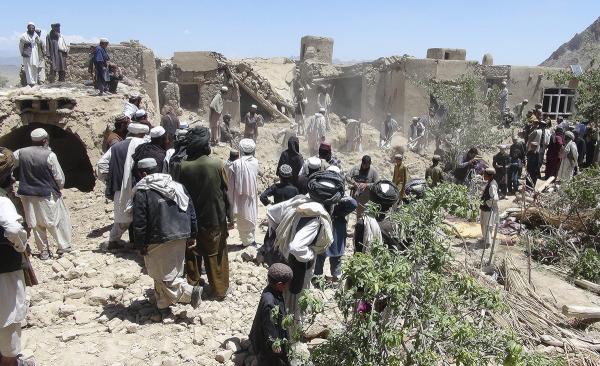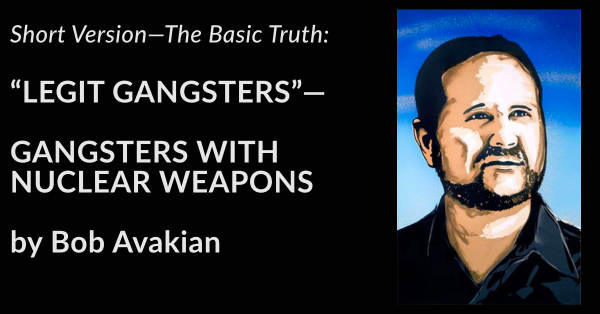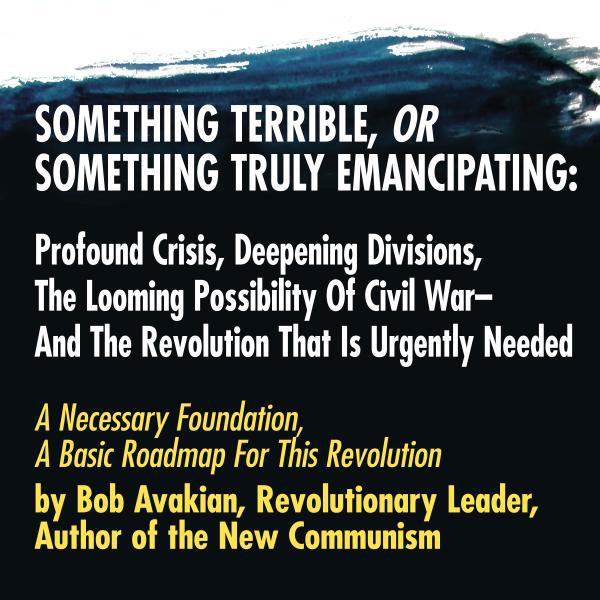The North Atlantic Treaty Organization (NATO) is a political and military alliance of European and North American countries. NATO was formed in the aftermath of World War 2 by 12 countries, with a central purpose of countering the Soviet Union, then a socialist state. A cornerstone of NATO is “Article 5” of its founding document: “an armed attack against one or more [NATO members] in Europe or North America shall be considered an attack against them all.” Ukraine is not a member of NATO, and NATO is not treaty-bound to defend it. But since shortly after Russia invaded Ukraine, NATO countries, especially but not only the U.S., have supplied Ukraine with tens of billions of dollars of “aid,” including modern weaponry, and have trained Ukrainian officers and soldiers, as well as providing intelligence and strategic “advice.” The war there has become a proxy war between Western (mainly U.S.) and Russian imperialism, not a battle between “democracy and autocracy.”
But where did NATO come from? What are its origins, and its history? And what role did it play leading up to this war?
An Intense Tug-of-War
In 1955, a bloc of Eastern European countries formed an alliance called the Warsaw Pact, as a response to NATO. The former Soviet Union (also known as the USSR) dominated the Warsaw Pact; the U.S. dominated NATO. But capitalism was restored in the Soviet Union in 1956, and the Soviet Union soon became an imperialist power. The two blocs of contending, nuclear-armed powers—each headed by a “superpower”—faced off across Europe and the world for decades in a “cold war” that several times threatened to become a hot war.1
Anti-communism was an ideological glue that held NATO together in what was portrayed as a contest between “Western democracies” and “communist dictatorships” but was in fact an intense struggle for world domination between imperialist rivals. This went on from the 1950s through the 1980s until—in an unexpected and surprising development—moves towards world war between the two superpowers, and powerful economic and political contradictions within Soviet society and within the Soviet ruling class, led to the rapid collapse of the Soviet Union in the period 1989-1991.2 The Warsaw Pact that USSR had led dissolved in 1991.
In February 1990, as the Soviet Union was imploding, U.S. Secretary of State James Baker and Soviet leader Mikhail Gorbachev discussed NATO’s future role. Baker told Gorbachev that “there would be no extension of NATO’s jurisdiction for forces of NATO one inch to the east [towards what is now Russia]."3 But NATO not only did not disband with the end of both the USSR and the Warsaw Pact. In fact, it began expanding, eastward.
The steady eastward expansion of NATO, and the U.S. insistence on the “right” to bring Ukraine into NATO’s military alliance, is a major factor in the crisis that is now the Ukraine war. Expanding NATO into Ukraine would potentially put U.S. forces and nuclear weapons on the borders of Russia.
Beginning in 1991, NATO violated Baker’s promise and started to absorb countries that had been part of the Soviet bloc, and in some cases part of the Soviet Union itself. Today NATO has 30 members. Several NATO countries border Russia, and taken together, they encircle much of European Russia, armed with Western European state-of-the-“art” weapons. Since the collapse of the Soviet Union (of which Ukraine was a large and important part) and now with Russia’s invasion of Ukraine in 2022, Ukraine has been a focus of a fierce and escalating tug-of-war between the U.S. and Russian capitalist-imperialist powers,4 each driven by an assessment that Ukraine is a key link in their needs to establish a dominant position against their imperialist rival.
The overall trajectory has pulled Ukraine more and more, economically, and militarily, into the orbit of the U.S.
The Global Aggression of an Alliance for Defense
NATO was founded as an alliance for “defense” and has claimed to be a “force for peace.” But over the past several decades, it has repeatedly launched brutal and murderous military missions in several countries and developed military agreements with others, in regions far removed from the North Atlantic.
Below is a partial list of some of these atrocities. There are many more.
Afghanistan

In 2001, after the attacks on the World Trade Center in New York and the Pentagon, NATO invoked Article 5 of its charter for the first and so far only time. For 20 years, NATO forces played a major role in the U.S.-led invasion and occupation of Afghanistan that killed or injured hundreds of thousands of people and drove millions from their homes. Among NATO’s crimes, in that time:
- Between 2009 and 2013, NATO and U.S. airstrikes and night raids left “‘thousands’ of victims and their families without justice, the human rights group Amnesty International said in a … detailed and hard-hitting report.” One hundred forty Afghan civilians were killed in these bombings. In one typical incident, in 2012, a NATO air strike by attack helicopters killed seven women gathering firewood at night in the northern province of Kunduz.
- In 2009, also in Kunduz, over 150 people, most of them civilians who had gathered around gas tanks to get fuel, were killed in a NATO bombing. No one has been held accountable for this atrocity.
- In 2016, at least 30 civilians were killed and dozens wounded in another NATO air strike. One man told a reporter, “Most of these casualties are women and children, and they are as young as three months old.”
- On October 3, 2015, a trauma hospital operated by Doctors Without Borders, and holding 105 patients, was attacked by a gunship that fired 211 shells on the hospital’s main building where patients were sleeping in their beds or being operated on. Doctors Without Borders reported, “At least 42 people were killed, including 24 patients, 14 staff and 4 caretakers. Thirty-seven people were injured. Our patients burned in their beds, our medical staff were decapitated or lost limbs. Others were shot from the air while they fled the burning building.”

October 16, 2015: An employee of Doctors Without Borders walks inside the charred remains of the organization's hospital after it was hit by a U.S. airstrike in Kunduz, Afghanistan killing 42 Afghans. By August 2016, some 111,000 people had been killed and over 116,000 injured in the war. Photo: AP
- In March 2012, what NATO authorities claim was one U.S. soldier opened fire on homes in a few tiny Afghan villages in Kandahar province. Sixteen people, including nine children, were killed and five wounded. Some of the dead were set on fire. Survivors told a reporter that helicopters were flying overhead while the killings were underway, and the BBC reported that “many locals appear to believe that they were in fact supporting the operation rather than trying to stop the gunman.”
Ukraine

Map of the Black Sea Credit: Nations Online Project
In 2008, NATO expressed a commitment to integrate Ukraine into the alliance. This would move the U.S.-led military alliance, including potentially U.S. forces and nuclear weapons, directly onto the Russian border. To appreciate the impact of this, imagine the response of the U.S. ruling class if Russia or China moved to place a military base in Tijuana. The steady eastward expansion of NATO, and the U.S. insistence on the “right” to bring Ukraine into NATO’s military alliance, is a major factor in the crisis that is now the Ukraine war.
- “For eight years (beginning in 2014), the U.S. and NATO had been building up an experienced [Ukrainian] fighting force with classes, drills and exercises involving at least 10,000 troops a year. NATO and its members helped get Ukrainian forces ready for a war with Russia ….” (From War in Ukraine: Making Sense of a Senseless Conflict, by Medea Benjamin and Nicolas J.S. Davies, November 2022, pg. 81.)
- The Black Sea is a major body of water in southwest Asia. It borders Russia, Ukraine, and several other countries, and is home to a major Russian naval base. A July 2016 NATO summit developed a plan to build up NATO’s presence in the Black Sea region “on land, at sea and in the air,” “demonstrate trans-Atlantic unity” and “send a clear message to any potential aggressor” (meaning Russia). The Black Sea is about 1,500 miles from Brussels, Belgium, headquarters of NATO.
- NATO countries have been intensely involved in arming, training, and providing intelligence for Ukraine since Russia’s invasion. See Revolution’s Ukraine Resource page for multiple articles on this.
NATO Expands Its Pretexts for Military Intervention Around the World
Beginning in the late 20th century, NATO developed justifications for its use of collective force beyond Article 5. An official NATO statement reads that its definition of “security” now includes “the individual’s freedom from the violent extremism bred by instability and nation-state failure.” NATO military interventions mushroomed after the collapse of the Soviet Union and demise of the Warsaw Pact. They include:
- In 1992 Yugoslavia, an officially non-aligned nation in eastern Europe that straddled the Warsaw Pact and NATO, disintegrated. Intense and complex wars broke out between various nationalities within what had been Yugoslavia. NATO launched its first combat operation ever to enforce a “no-fly zone” over Bosnia, which had been part of Yugoslavia. Benjamin and Davies wrote that “NATO used military force against an insurgent movement which had not attacked or even threatened a NATO member.” This opened the floodgates to greater NATO involvement in Bosnia, and soon, elsewhere in the world. When then-U.S. Secretary of State Madeleine Albright was told by her British counterpart that his lawyers told him NATO intervention was against the United Nations Charter, she responded, “Get new lawyers.” The bombing continued.
- The group Human Rights Watch determined that there were 90 separate incidents in 1999 involving civilian deaths during NATO’s 78-day bombing campaign in Kosovo, which was also part of Yugoslavia. At least 500 civilians are known to have died in these incidents. The bombing included use of cluster bombs (which are designed to release multiple “bomblets” to kill as many people as possible) and depleted uranium projectiles, which cause long-term damage to the environment and food chain, and are thought to contribute to an increase in cancer among people where they’ve been used.
- In 2011, NATO waged an intense seven-month bombing campaign in the North African country of Libya, contributing to overthrowing its ruler Muammar Qaddafi, who had long been regarded by U.S. and European imperialists as undermining Western interests. NATO forces dropped nearly 10,000 bombs on Libya. The investigative organization “Airwars” determined that NATO bombing resulted in between 223 and 403 civilian deaths.5

Tripoli, Libya; residential building damaged during seven months of U.S./NATO bombing of Libya in 2011. Photo: AP
- NATO no longer considers itself “bound by geography” to Europe and the North Atlantic region. As part of its “new strategic concept,” it has developed “partners around the globe” to “defend the rules-based international order…,” meaning the global pre-eminence of U.S. and Western imperialism. These “partners” include countries like Australia, South Korea, Japan, and New Zealand, and this is intended to build and strengthen alliances against China and Russia in Asia.


